Specialized S-Works Prevail 3 review - a safer, airier lid
Third gen Prevail offers unmatched ventilation for the hottest days, but it comes at a price
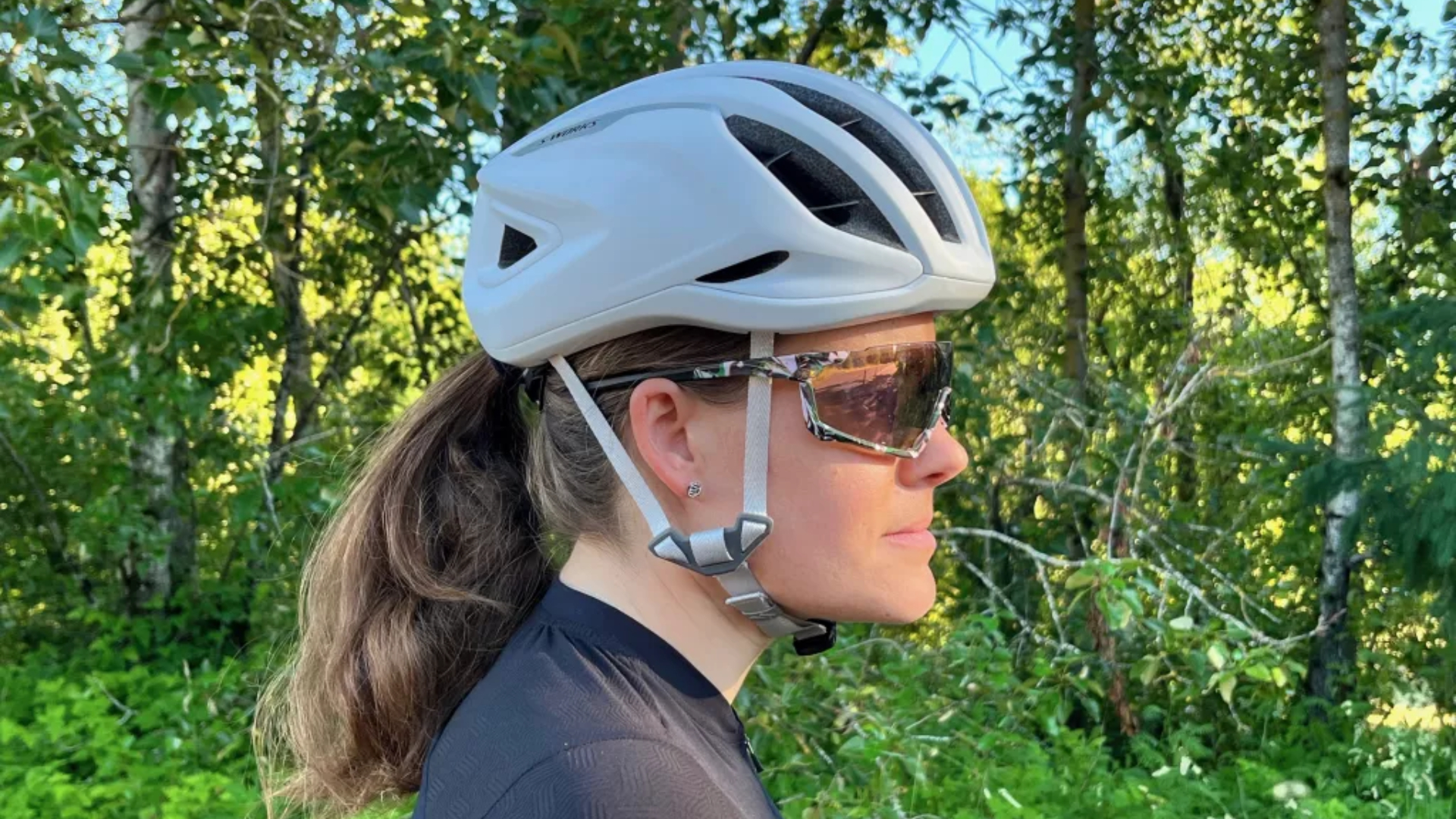
Specialized’s latest update to the S-Works Prevail helmet improved an already good helmet with more ventilation for the hottest months and top safety features for ease of mind.
-
+
Great ventilation
-
+
Highly ranked for safety
-
-
Not especially lightweight
-
-
Big holes, while great for venting, is also quite the bug trap
-
-
Pricey
You can trust Cycling Weekly.
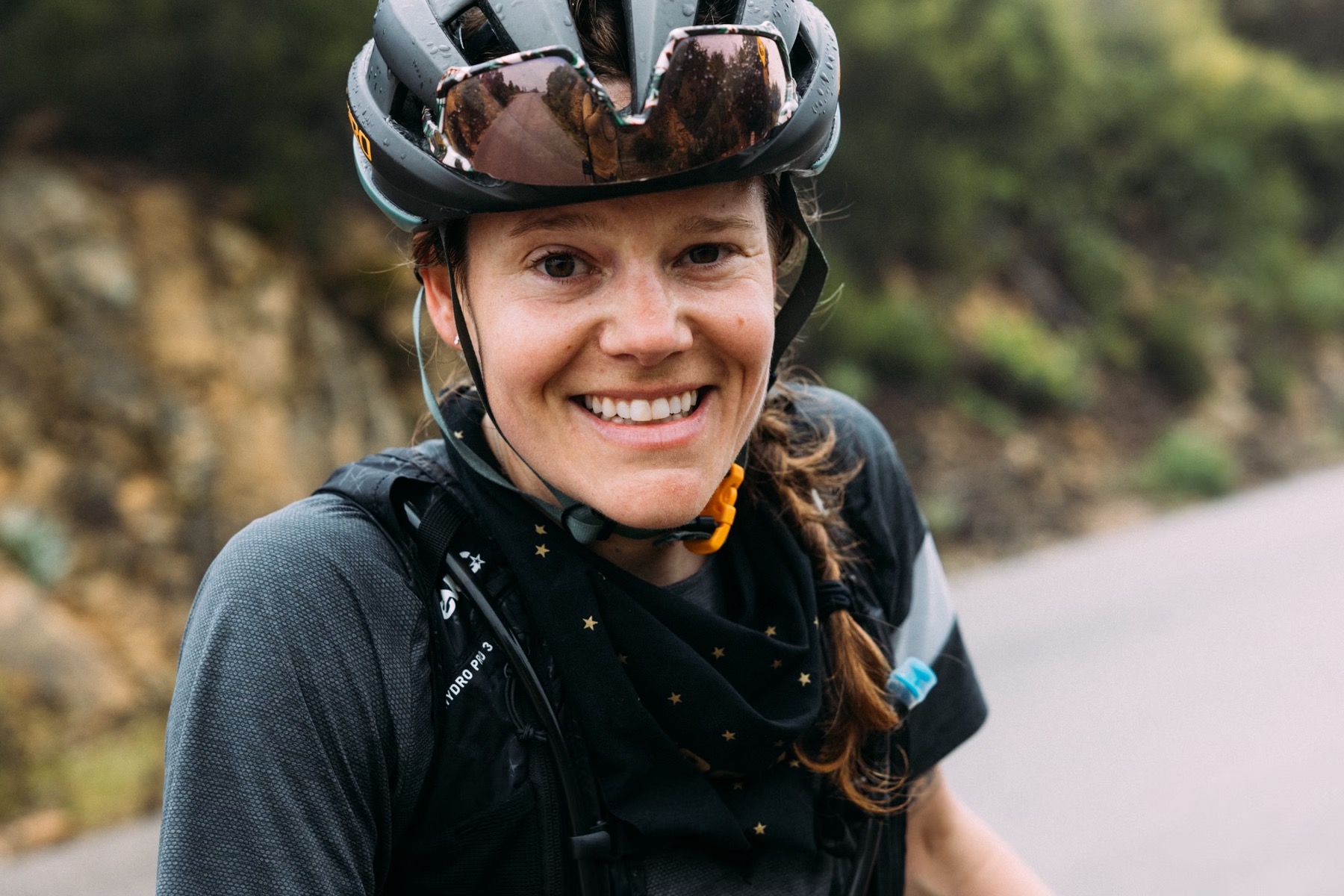
To showcase its latest advances in aerodynamics and venting, Specialized launched new iterations of its three flagship helmets at the Grand Départ of this year’s Tour. Despite Specialized’s “it takes a quiver to win” approach— suggesting one should own a quiver of helmets for optimal performance — everyday riders can rest easy knowing that the Prevail will serve most of your road or gravel riding needs.
Specialized S-Works Prevail 3: the updates

Specialized always sets out to better its previous product lines. And while performance is still at the heart of everything Specialized does, for this third iteration of the Prevail helmet, the ‘better’ in its case means ‘airier’ and ‘safer’ rather than the ‘lighter’ or ‘faster’ comparatives so commonly thrown around in the cycling world.
The Prevail was already Specialized’s most-vented helmet, and this third gen helmet appears to be pushing the limits of openness while still being considered a safety device.
Built around a visible aramid and carbon cage called the “Air Cage”, the Prevail 3 has been stripped of the usual EPS foam bridges to improve ventilation by 24.5% over its predecessor.
Upon impact, the cage works as a suspension bridge, designed to distribute localized forces throughout the helmet and meets the same safety standards as the EPS foam does.
“The conventional approach to helmet design is that more foam (EPS) means better energy management. We re-wrote the book on cycling helmet design by innovating beyond foam,” Specialized states.
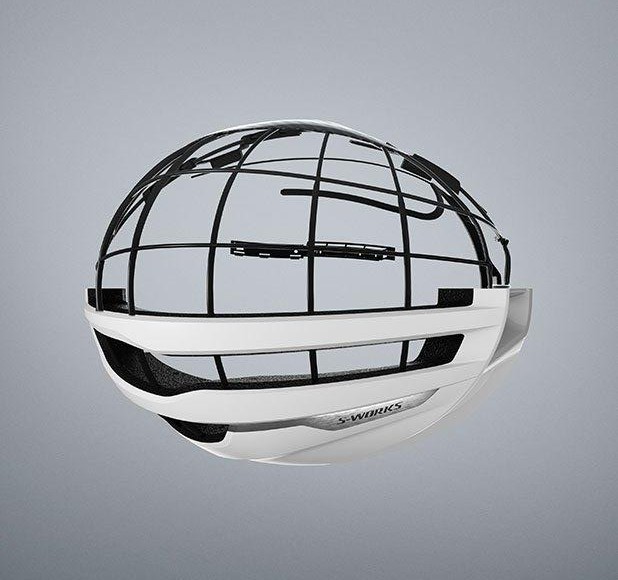
The new Prevail is built around a visible aramid and carbon cage called the “Air Cage”
What’s more, the new Prevail features an all-new MIPS technology called AirNode. Nowadays, MIPS or Multi-directional Impact Protection System has become a bit of a standard in the best cycling, snow sports and equestrian sports alike. The system is designed to reduce the rotational forces transferred to the head in the event of a crash, and this usually takes the shape of visible —often yellow— thin plastic cradle inside the helmet. Yet in case of the Air Node, the system is integrated directly into the helmet padding to negate the addition of another layer and allow the air to flow freely.
Lastly, the Prevail 3 is also compatible with Specialized's ANGi Crash Sensor, which fits on the adjustable rear strap and will detect a crash and notify your emergency contact through an app.
All in all, the Prevail 3 package is not only Specialized’s most vented helmet it’s made yet, it’s also among the the highest-ranked road helmets by Virginia Tech, a leader in third-party helmet safety testing.
Specialized S-Works Prevail 3:: Fit and ride feel
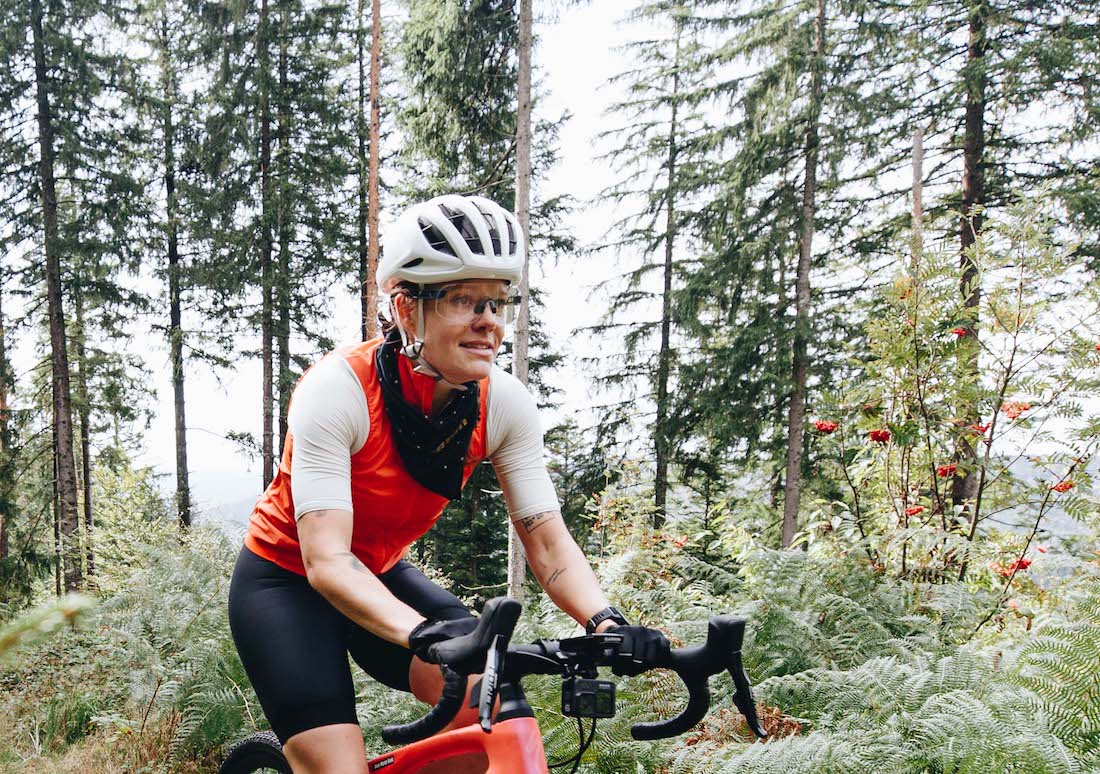
The S-Works Prevail 3 is equipped with an adjustable Tri-Fix web system and an updated, thinner 10mm webbing that’s meant to minimize strap noise. There’s a small and lightweight micro-dial fit system with height adjustability at the rear of the cradle for easy on-the-go fit.
Helmet fit is of course personal based on head shape and hairdo, but the Prevail in my experience has always been a comfortable helmet without any bothersome pressure points.
I tested a size small, my usual helmet size, and will note that the fit is a tad narrow on the sides. That’s not a problem for my head, but if you’ve got a rounder-shaped head, you may want to consider sizing up or trying on the helmet before buying.
While the web system sits relatively shallow on the head, the foam and body of the helmet is surprisingly tall, measuring nearly 14 centimeters tall at its highest point. Paired with my particular head shape and perhaps larger forehead, the helmet looks rather tall, large and well, very present, especially in the stark white colorway reviewed here. A different colorway and a few graphics or lines may help with the aesthetics and the S-Works Prevail 3 does come in seven different colors.
Any appearance concerns are quickly forgotten when riding, however, as is the helmet itself. Even in 32°C degree weather, the helmet’s airflow is unrivaled. No sweat in the eyes, no salt-stained helmet straps…the helmet simply seems to disappear in its unobtrusiveness —
which is exactly what I want out of a helmet: to keep me safe when I need it but stay out of the way at all other times so I can focus on the ride.
The only downside of vent holes the size of these is that there’s little protection against bugs or wind-tousled, awesomely bad helmet hair.
At 280 grams, the Prevail 3 isn’t exactly a featherweight either like the new Kask Protone (230 grams) or Lazer Genesis (205 grams), however its breezy comfort easily makes up for those grams.
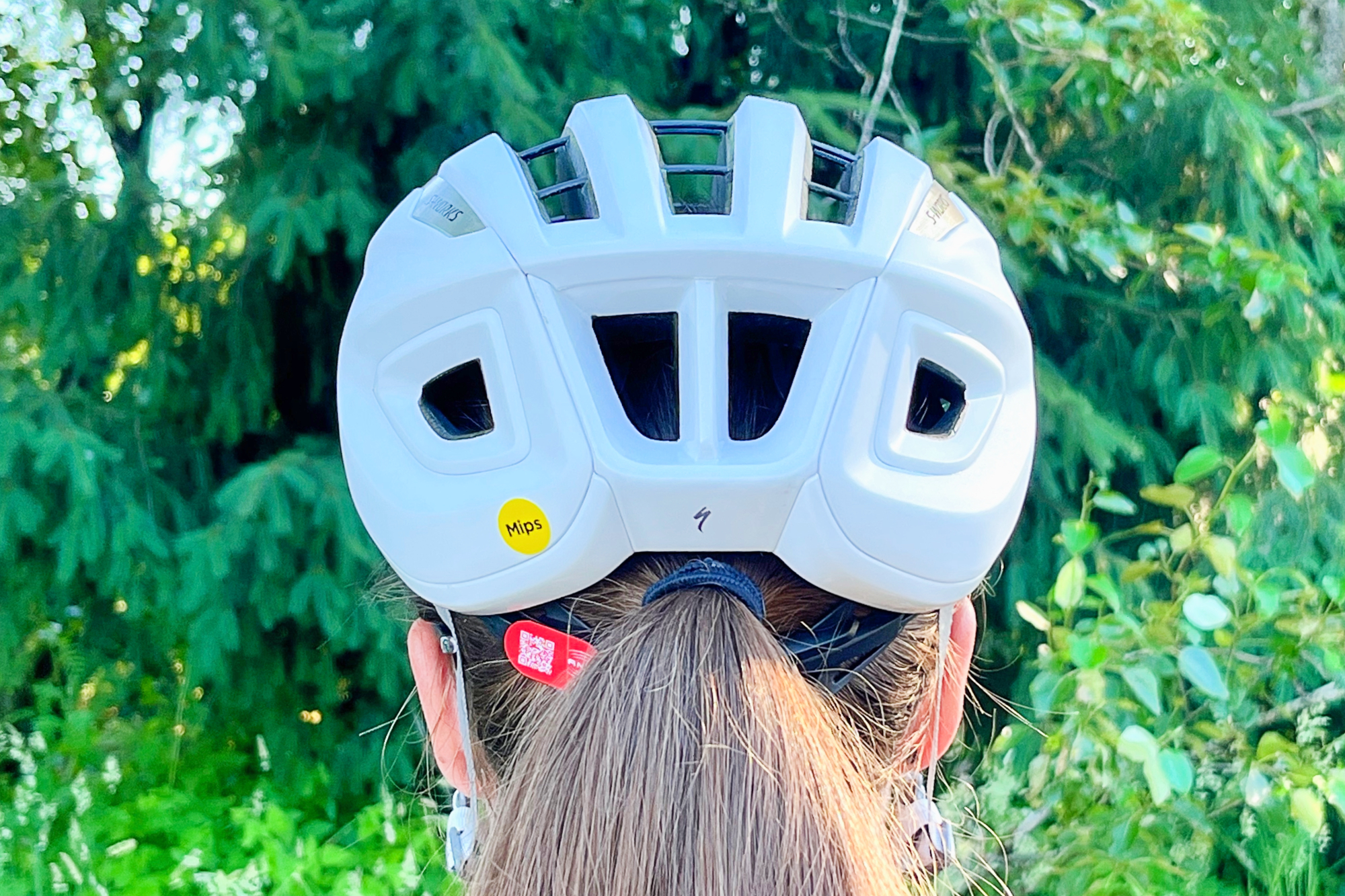
Pony tail approved!
Specialized S-Works Prevail 3: value and conclusion
As with most things Specialized, innovation and comfort comes at a cost. The $300.00 / £275.00 retail price places it among the most expensive, non-aero helmets on the market but its ventilation is unmatched. If you live in a hot climate and you can afford it, it’s definitely worth considering its ventilation, all-round comfort and safety rating.

Thank you for reading 20 articles this month* Join now for unlimited access
Enjoy your first month for just £1 / $1 / €1
*Read 5 free articles per month without a subscription

Join now for unlimited access
Try first month for just £1 / $1 / €1
Get The Leadout Newsletter
The latest race content, interviews, features, reviews and expert buying guides, direct to your inbox!

Cycling Weekly's North American Editor, Anne-Marije Rook is old school. She holds a degree in journalism and started out as a newspaper reporter — in print! She can even be seen bringing a pen and notepad to the press conference.
Originally from the Netherlands, she grew up a bike commuter and didn't find bike racing until her early twenties when living in Seattle, Washington. Strengthened by the many miles spent darting around Seattle's hilly streets on a steel single speed, Rook's progression in the sport was a quick one. As she competed at the elite level, her journalism career followed, and soon, she became a full-time cycling journalist. She's now been a journalist for two decades, including 12 years in cycling.
-
 Man hands himself in to Belgian police after throwing full water bottle at Mathieu van der Poel during Paris-Roubaix
Man hands himself in to Belgian police after throwing full water bottle at Mathieu van der Poel during Paris-Roubaix30-year-old was on Templeuve-en-Pévèle cobbled sector when television pictures showed the bottle hitting him in the face
By Tom Thewlis Published
-
 'I'll take a top 10, that's alright in the end' - Fred Wright finishes best of British at Paris-Roubaix
'I'll take a top 10, that's alright in the end' - Fred Wright finishes best of British at Paris-RoubaixBahrain-Victorious rider came back from a mechanical on the Arenberg to place ninth
By Adam Becket Published
-
 'This is the furthest ride I've actually ever done' - Matthew Brennan lights up Paris-Roubaix at 19 years old
'This is the furthest ride I've actually ever done' - Matthew Brennan lights up Paris-Roubaix at 19 years oldThe day's youngest rider reflects on 'killer' Monument debut
By Tom Davidson Published